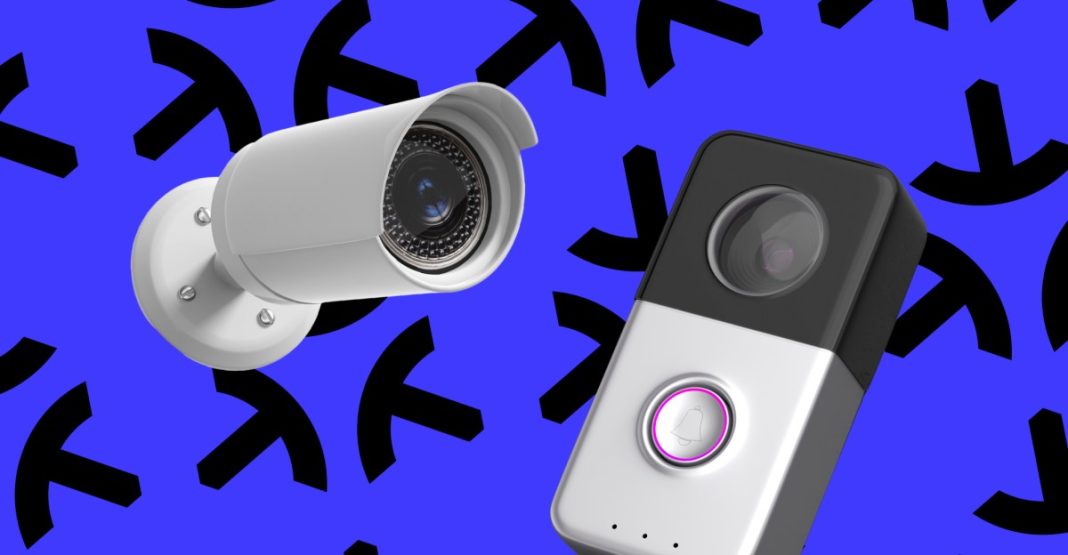The promise of the smart home has always been one of effortless harmony: devices from different brands speaking the same language, working together without a hitch. For years, this vision has been tantalizingly close yet frustratingly out of reach, often trapped behind brand-specific apps and fragmented ecosystems. Then came Matter, the universal connectivity standard, heralded as the silver bullet for smart home interoperability. Yet, despite its ambitious goals, Matter’s rollout has been more of a slow burn than an explosive revolution. What’s been missing? Perhaps it’s a killer application, a feature so compelling it forces widespread adoption. And increasingly, the smart money is on camera support.
Matter’s Journey: From Hype to Hope
When Matter was first announced, the smart home world collectively held its breath. Imagine: a Philips Hue light responding seamlessly to a Google Home command, a Samsung SmartThings sensor triggering an Apple HomeKit routine, and all without a tangled web of hubs and bridges. It sounded like paradise for anyone who’d ever wrestled with device compatibility. The standard promised simplified setup, enhanced security, and true interoperability across major platforms.
Initial device releases, primarily focused on lights, plugs, and switches, certainly proved Matter’s concept. They were easier to set up and integrate. But for many users, these foundational devices didn’t quite deliver the “wow” factor needed to propel Matter into mainstream consciousness. The biggest pain points in smart homes often lie beyond basic on/off functionality. They reside in areas requiring more complex interaction, like security, monitoring, and visual data.
The Visual Revolution: Why Cameras Matter
This is where cameras enter the picture, quite literally. Smart cameras have become indispensable tools in modern homes, offering everything from security surveillance and package delivery alerts to pet monitoring and baby supervision. But here’s the rub: nearly every smart camera today comes with its own proprietary app, its own cloud service, and its own set of integration limitations. Want your Ring camera to seamlessly trigger your Aqara siren? Good luck without a convoluted workaround or another hub.
If Matter can truly standardize camera integration, the impact could be profound. Imagine a single interface where you can view feeds from your Arlo doorbell, your Eufy indoor cam, and your Google Nest outdoor camera, all within your preferred smart home app. Beyond just viewing, consider the deeper integrations: a motion detection event from any Matter-enabled camera could trigger lights from a different brand, send a unified alert, or even initiate a recording sequence on a network video recorder (NVR) that’s also Matter-compliant. This isn’t just about convenience; it’s about creating a truly cohesive, intelligent security and monitoring system.
As Sarah Miller, a smart home enthusiast and busy parent, shared, “My biggest headache isn’t just buying devices, it’s making them work together seamlessly. If Matter can finally bring all my disparate security cameras into one coherent system, triggering lights or sirens from different brands without a separate hub, that’s not just convenience – that’s real peace of mind. I’d upgrade everything tomorrow.”
Looking Ahead: The Potential and the Puzzles
Integrating cameras into Matter is no small feat. It involves complex challenges around video streaming protocols, data privacy, latency, and local storage vs. cloud solutions. However, the potential rewards are immense. Robust camera support could be the missing link that transforms Matter from a promising standard into an indispensable one. It could unlock a new generation of proactive smart home routines, where cameras don’t just record, but actively participate in the home’s intelligence, informing everything from energy management to personalized comfort settings.
If the Connectivity Standards Alliance can deliver on comprehensive, user-friendly camera integration, it might finally provide the compelling reason many homeowners need to fully embrace Matter. This could be the spark that ignites mass adoption, proving that the dream of a truly unified, intelligent smart home isn’t just marketing hype, but a tangible reality just around the corner.




